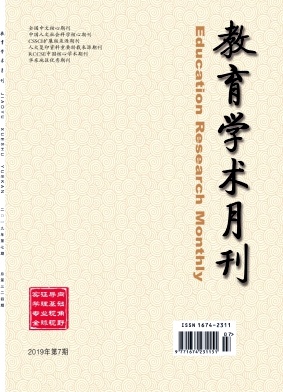1. Introduction
In the COVID-19 era, according to the Clarkson study (2021), the global seaborne trade exceeds 12 billion tons by 2021, with an annual growth rate of 4.2%. This dramatic increase in seaborne trade leads to a severe imbalance between supply and demand (Menhat et al,2021). To alleviate this imbalanced situation, the ship operators are building new or retrofitting existing ships. (Radojčić et al, 2021). Until 5 March 2021, 147 box ships (most of which are in the largest size category) had been ordered since October 2020, compared to only 40 ordered between January and September 2020. By that date, the order book had reached more than 360 vessels, representing 12% of the deployed capacity (Cullinane and Haralambides,2021).
For a shipping operator, there are several challenges for the decision to renew the container fleet capacity. Firstly, from 1 January 2020, stricter regulations on Sulphur emissions from ships will be implemented. Secondly, the introduction and implementation of the dual carbon (carbon neutral and carbon peaking) policy require shipping to reduce emissions. Thirdly, shipping markets are more complex due to the impact of the COVID-19 epidemic.




